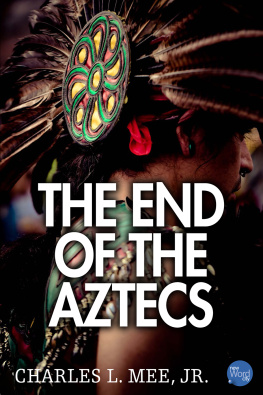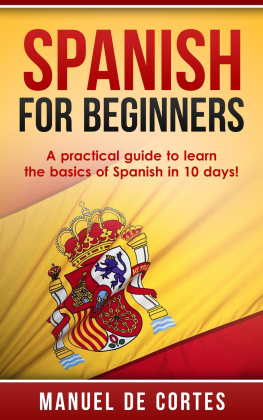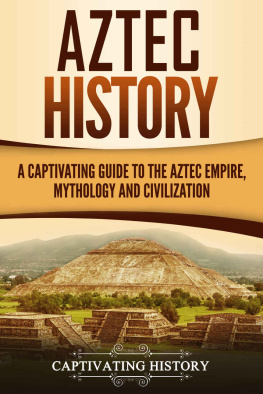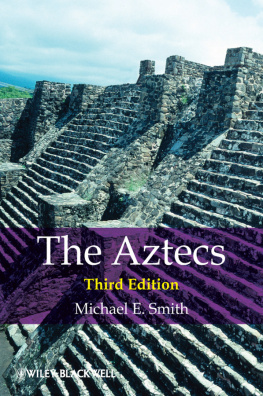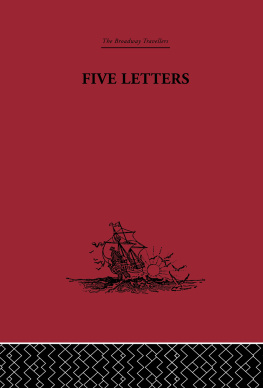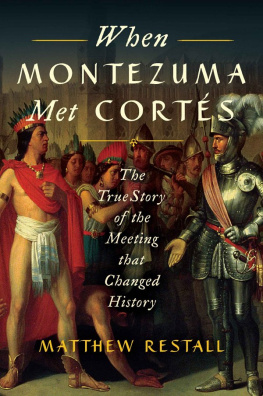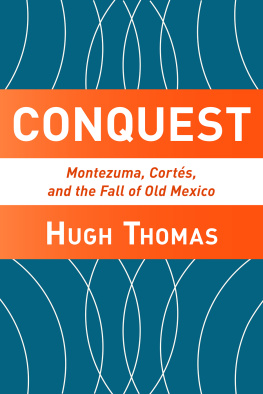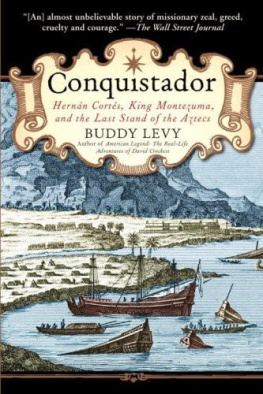Because history is written in retrospect, and reveals to us in hindsight the incidents that brought some event to its apparently inevitable fruition, it prepares us badly for our own lives, in which there are not as many inevitabilities as there are surprises, accidents, operations of chance, and outright impossibilities that we never took into account when we made our plans and that alter our lives fundamentally and forever.
I returned, reads Ecclesiastes 9:11, and saw under the sun, that the race is not to the swift nor the battle to the strong, neither yet bread to the wise, nor yet riches to men of understanding, nor yet favor to men of skill; but time and chance happeneth to them all.
Which Western government was able to forecast to a degree of certainty in the middle 1980s - and plan its policies accordingly - that the Soviet Union would collapse by the end of the decade, freeing Eastern Europe from its grasp and dissolving the Soviet Empire in a matter of months? Who would have predicted that Premier Mikhail Gorbachev would be thrown out of office? Certainly not Gorbachev himself. Or that a previously little-known mayor of Moscow, Boris Yeltsin , would put down a military coup - bloodlessly? Or that it would soon be rumored that the former apartment of Joseph Stalin s chief executioner in the House on the Embankment was now occupied by the senior executive of the Russian branch of McDonalds.
Who could have predicted in 1972 that a night guard at the Watergate apartment complex in Washington, D.C., would discover a piece of tape holding open a lock on a door? Who could have imagined that piece of tape would lead to the discovery of men breaking into the offices of the Democratic National Committee at the Watergate, ending Richard Nixon s political career and fueling a profound cynicism about politics in the United States for the next twenty years?
If the assassinations of John and Robert Kennedy were the results of plots of whatever scope, they were certainly, too, the result of extraordinary chance, and the starting point of much speculation about how the Vietnam War might have been ended differently had either of them lived, and how the history of the country would have changed as a result.
How could the Japanese have predicted that they had such a short time to negotiate an end to World War II before Hiroshima and Nagasaki would be obliterated? The agent of destruction was a weapon that could not form a part of their calculations because it came from an entirely new era.
Who could have imagined that an earthquake would have occurred in Lisbon in 1755, that would, according to some historians, help put an end to a predominant European attitude of optimism and replace it with a pervasive skepticism that marked the critical rationalism of the late eighteenth century?
For that matter, who could have dreamed that the Black Death would sweep across Europe beginning in the 1340s, reducing the populations of towns by halves and two-thirds, spreading profound grief and wrenching life changes? Who could have predicted that the bacillus in the belly of a flea would have the power to shatter the relationship between agricultural supply and demand across Europe, that the effects of the plague would destroy wage structures, freeing laborers to improve their working conditions, bestowing stowing excess wealth on some of the survivors so that they could indulge in a new trade in luxury goods and giving the final deathblow to the old feudal political structures that rested on the old financial arrangements? Who would have predicted beforehand that a flea would assist in the rise of new learning to try to understand the event that had occurred and help in some measure to bring about the beginning of the Renaissance ?
And how utterly inconceivable it would have been in the sixteenth century to those European masters of the illusion of everlasting political stability, Henry VIII and Francis I , that a kingdom as immense and powerful as that of France or England could be erased entirely from history by a small, unruly band of soldier-adventurers from an unknown and to them unheard-of continent. And yet, at the very time those two monarchs were meeting, this is what happened to the Aztec emperor Montezuma II , another master of the illusions of political power on a different continent, who ruled an empire of apparently eternal stability.
That Hernando Cortes landed on the shore of Mexico in 1519 was a completely unpredictable surprise to the Aztecs and their leader Montezuma; and everything that followed from that moment to the destruction of an entire civilization was a succession of stunning, seemingly supernatural surprises to everyone involved, both Spaniards and Indians. History offers no more astonishing instance of the part that chance plays in our lives - how shallow is any plan that does not understand its own fragility - than this catastrophic slow-motion coming together of Cortes and Montezuma.
Cortes and Montezuma at Tenochtitlan
Even before anyone appeared, there were amazing events: A comet appeared and split into three; the waters of the lake boiled up in a rage; a sign like a tongue of fire burned up into the heavens.
These things began to happen ten years before the Spaniards landed in 1519: omens that foretold the Spaniards arrival, according to the old men, who drew pictographs of these events some thirty years afterwards for the Franciscan missionary Bernardino de Sahagun - affirming, after the conquest and annihilation of the Aztec civilization, the everlasting power of the Aztecs. The Aztec civilization fell, the pictographs say, not because of the might of the Spanish invaders but because the end of the Aztecs was foreordained. The Spaniards were mere pawns of Aztec cosmology.
The first ship came in the spring of 1519, sailing in along the northern shore of the Yucatan Peninsula, according to Sahaguns native informants, who offered a narrative that Sahagun wrote down. The lead ship was followed by eleven others (according to other sources, ten or twelve), carrying ten large bronze cannon, four falconets or light cannon, stores of powder and shot, sixteen horses, a handful of dogs, and about 550 soldiers, including thirty-two crossbowmen, and thirteen musketeers, and a hundred sailors, along with 200 Cuban natives to act as bearers and servants, several blacks, and a few Indian women.
The Spaniards, with their white skin, their suits of armor, weapons, cannon, dogs, and horses, were an arresting sight. They were very white, Sahagun noted. They had chalky faces. They presented a strange and amazing appearance to the Indians.
Such has been the theme of most historians for the past four centuries, including early indigenous accounts such as Sahaguns, who have described the Spanish ships as of supernatural size and appearance, crossing the heavenly water from the east, carrying men of totally unknown breed who rode on the backs of extraordinary deer-like beasts - or were perhaps centaurs themselves or gods.
But the natives of the Yucatan and Mexico could hardly have been so naive. The year before, the Indians had seen Spaniards cruise the same coastline in an expedition led by the adventurer Juan de Grijalva . They had met the Spaniards and traded native gold ornaments and vessels and jewels for glass beads, scissors, pins, and other trinkets. And in 1517, Francisco Hernandez de Cordoba had sailed into the Gulf of Mexico looking for slaves.
In the spring of 1519, the Spaniards were led by Hernando Cortes. He did not look more godlike than the Spanish traders the Indians had seen before. But his dogs, horses, and weaponry lent an air of exotica they had not previously seen. In retrospect to Sahaguns informants, Cortes appearance in Mexico, and what followed from it, were astonishing enough to earn the most extravagant reports.
Next page
